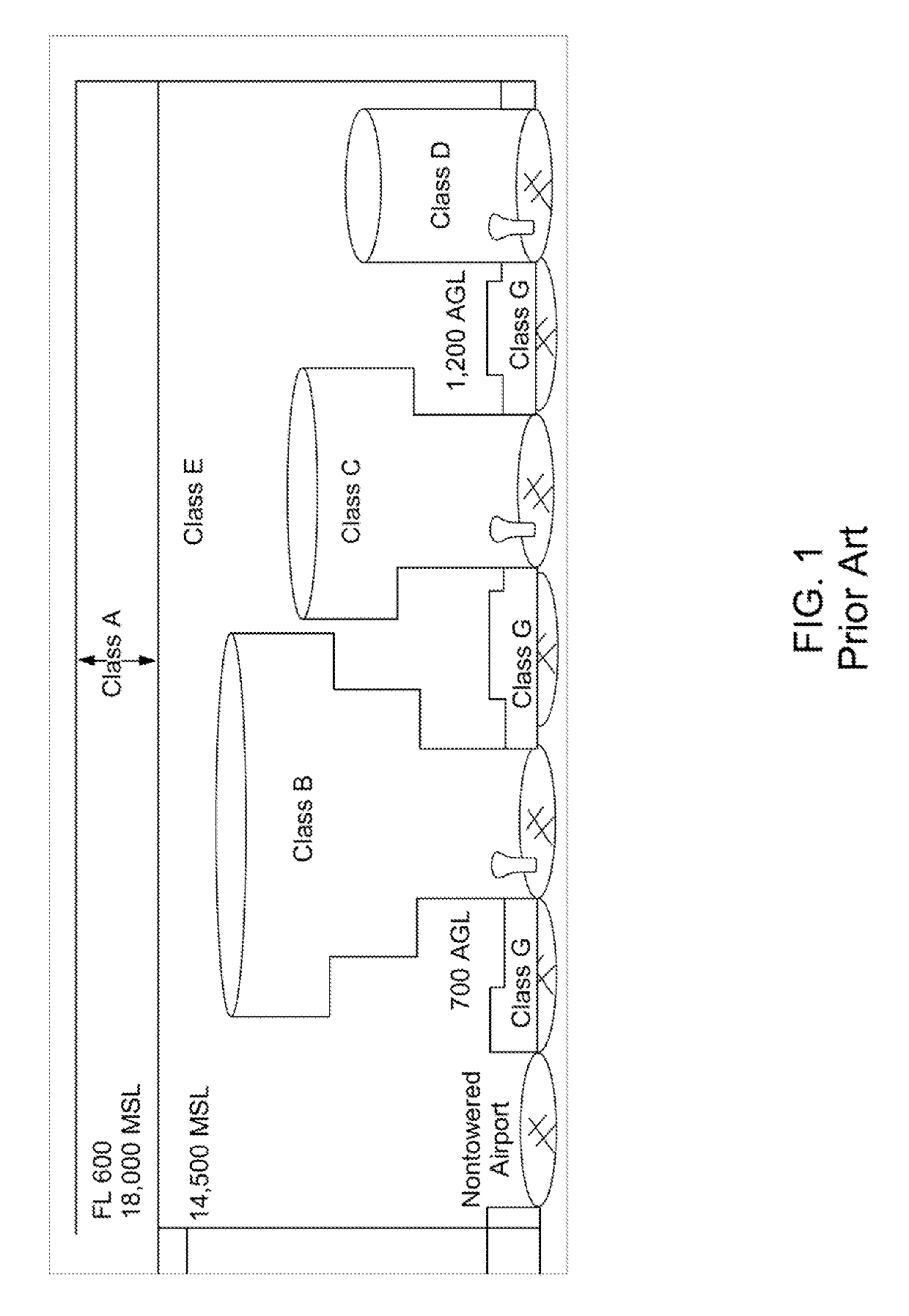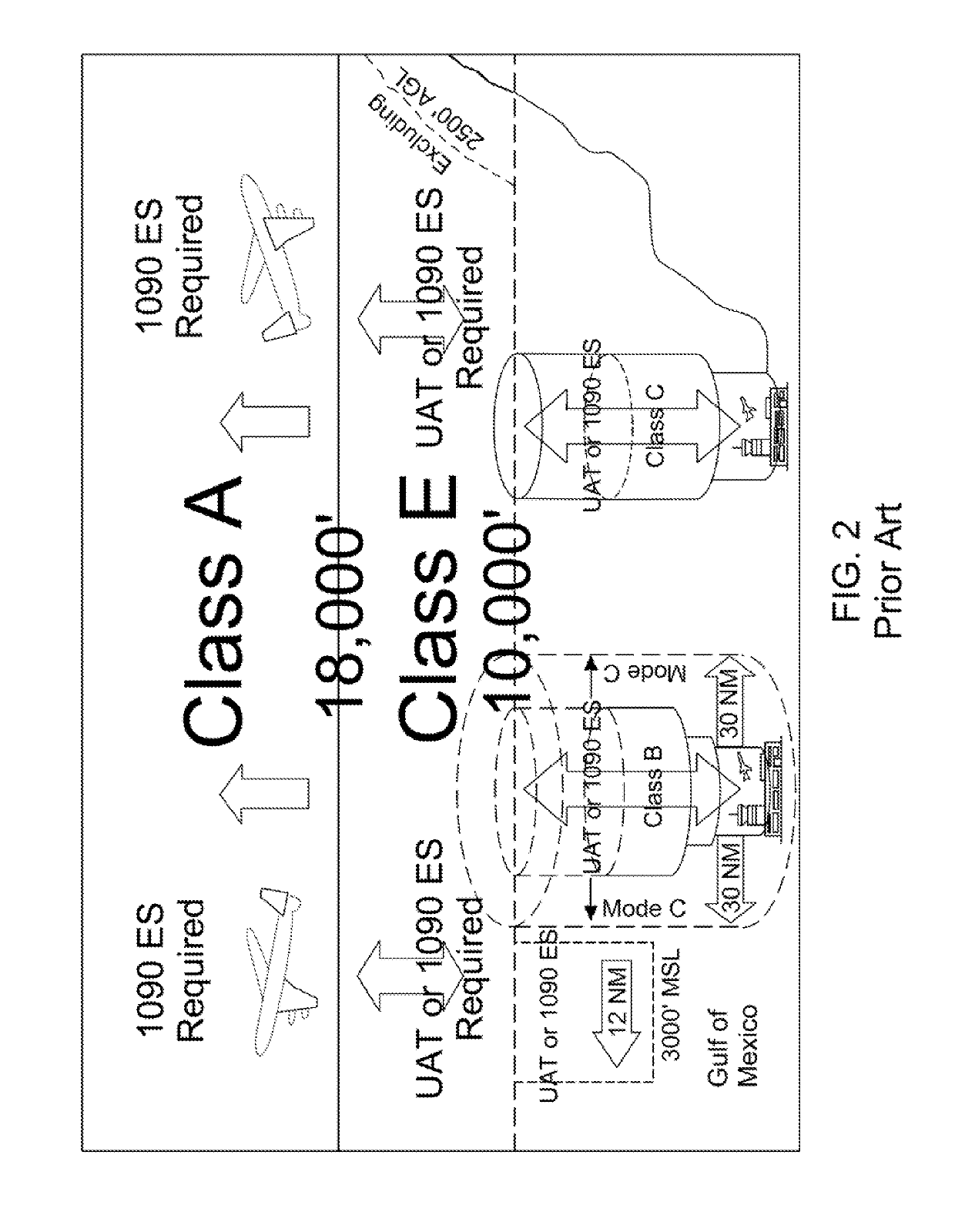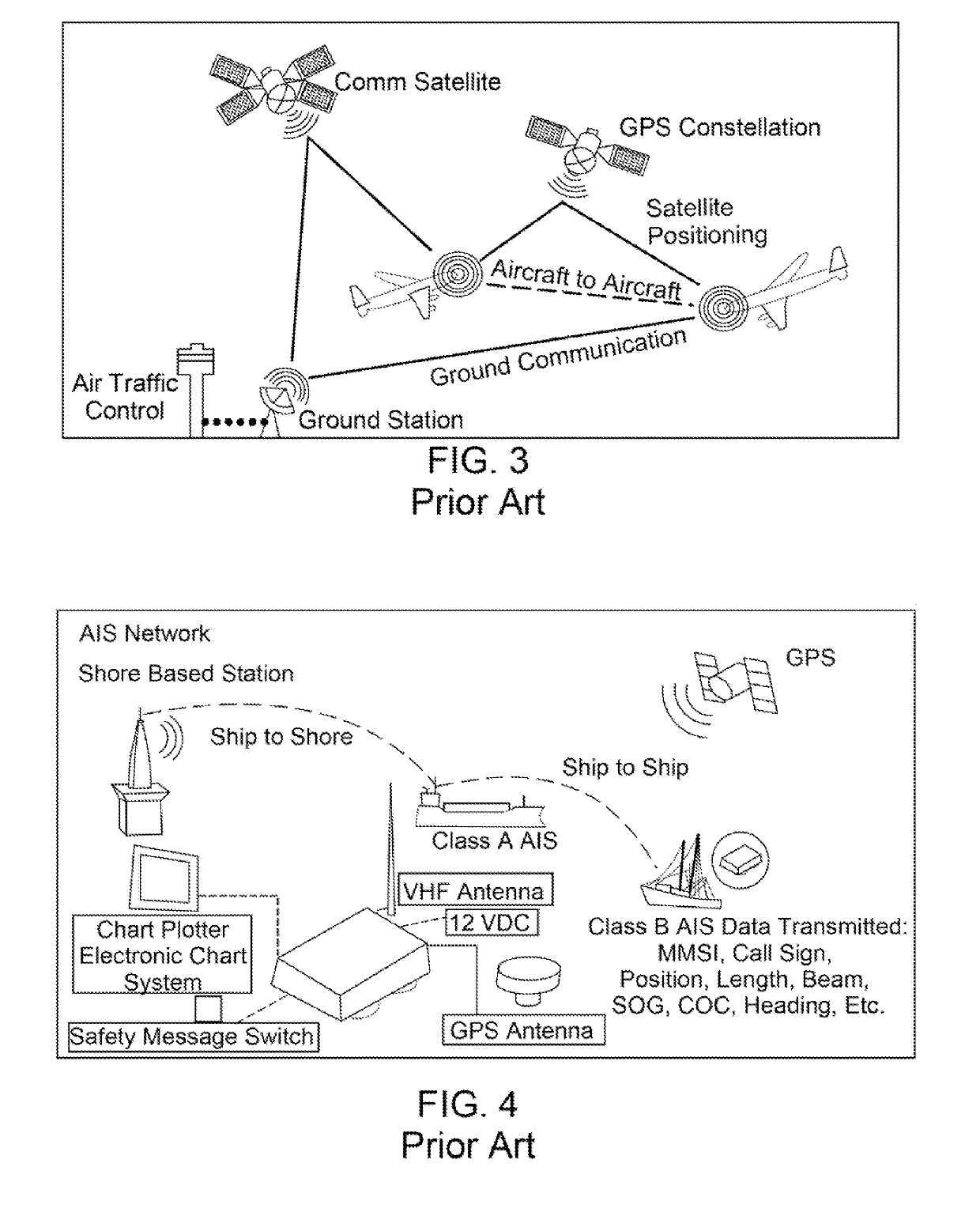Unmanned aircraft systems traffic management
a technology for unmanned aircraft and traffic management, applied in the direction of multiple aircraft traffic management, aircraft traffic control, instruments, etc., can solve the problems of limited low-altitude uass operations, limited control of current national airspace system, and most abundant class g airspace (uncontrolled) , to achieve the effect of safe and efficient uass operations
- Summary
- Abstract
- Description
- Claims
- Application Information
AI Technical Summary
Benefits of technology
Problems solved by technology
Method used
Image
Examples
Embodiment Construction
[0161]The present invention is a UASs Traffic Management (UTM) system having system functionalities, airspace rules and design, system requirements, autonomy and autonomicity concepts and technology needs, and human factor considerations and architecture to enable significant growth in UAS applications at low-altitudes. UTM is in smaller scale compared to ATM for NAS but focused on seamless integration and efficient heterogeneous inclusion of small and medium size UASs operations at low-altitudes in urban and rural areas, and connections in between.
[0162]Overview UAS Traffic Management provides airspace design implications and rules of the airspace (e.g., stratification of airspace to reduce potential crossing points); separation management; severe weather, wind, wake, and obstacle avoidance strategies; UASs application specific needs; communication, navigation, and surveillance considerations; managing, detecting, and predicting the performance of airspace operations; and UASs degr...
PUM
 Login to View More
Login to View More Abstract
Description
Claims
Application Information
 Login to View More
Login to View More - R&D
- Intellectual Property
- Life Sciences
- Materials
- Tech Scout
- Unparalleled Data Quality
- Higher Quality Content
- 60% Fewer Hallucinations
Browse by: Latest US Patents, China's latest patents, Technical Efficacy Thesaurus, Application Domain, Technology Topic, Popular Technical Reports.
© 2025 PatSnap. All rights reserved.Legal|Privacy policy|Modern Slavery Act Transparency Statement|Sitemap|About US| Contact US: help@patsnap.com



